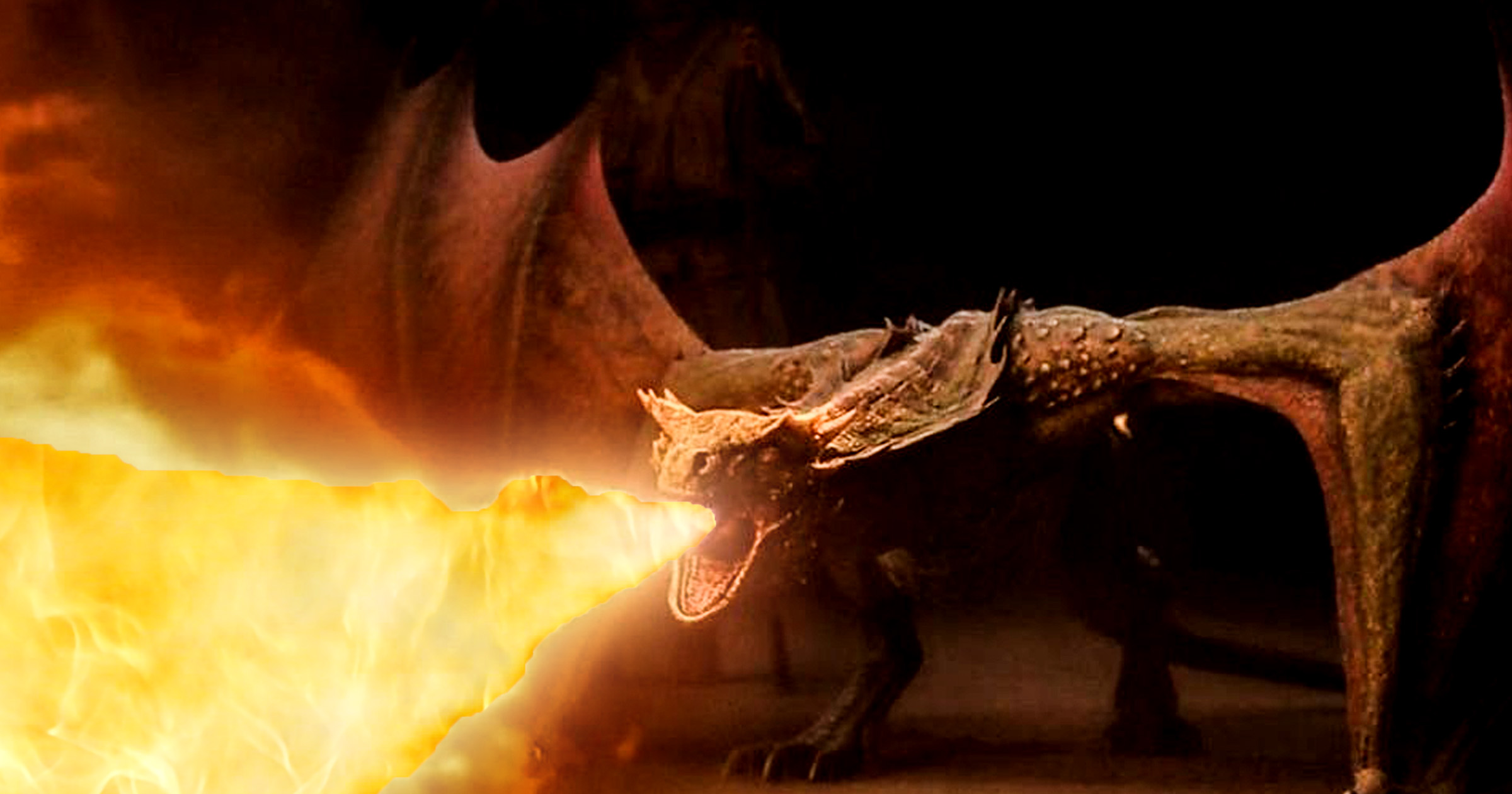
In George R.R. Martin’s fantastical land of Westeros in Game of Thrones and House of the Dragon, the spectacle of dragons breathing fire captivates his audience through a blend of myth and fantasy.
The images of dragons unleashing torrents of flames on the new series of House of the Dragon got me thinking: if dragons existed, what real-world biological mechanisms and chemical reactions might they use?
As they say nature is stranger than fiction. In this case nature perhaps has an answer:
A dragon could draw on some chemistry used by the bombardier beetle. This insect has evolved reservoirs adapted to store hydrogen peroxide (the stuff you might use to bleach your hair). When threatened, the beetle pushes hydrogen peroxide into a vestibule containing enzymes that rapidly decompose the hydrogen peroxide into water and oxygen.
This is an exothermic reaction, which transfers energy to the surroundings, and in this case raises the temperature of the mixture to almost boiling point. The reaction is so aggressive it is sometimes used to propel rockets. The increase in pressure caused by the rapid production of oxygen and the boiling water forces the noxious mixture out of a vent in the beetle’s abdomen and towards its prey or threat.
If employed by a dragon, this reaction has a few nice features. It would create the high pressure needed to drive the jet of oily fuel, the exothermic reaction would heat the oils making them more ready to combust, and most importantly, it would generate oxygen that would drive the combustion reaction.
All the dragon would need is some sort of biological equivalent of a petrol engine carburettor to mix the oil with the oxygen and create an explosive mix. As a bonus, the erupting mixture would probably form a fine mist of oil droplets, like an aerosol, which would ignite all the better.